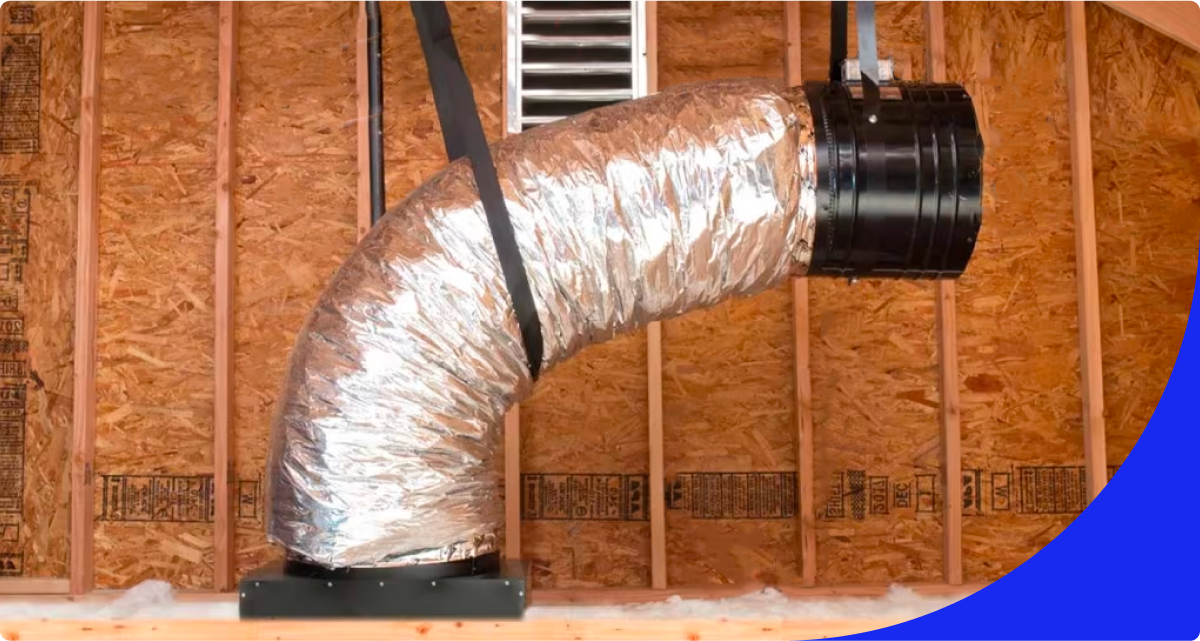Thinking about getting a whole house fan?
Sounds like a plan— we’ve got you covered.
If you’re seeking a smart alternative to a traditional AC system to keep your home cool, look no further than a whole house fan. We’ll break down how it works and help you decide if it’s the right fit for your home.

Without the right cooling solution, it’s easy to start dreading the hot summer months. Not only are the days long and uncomfortable, but a traditional air conditioner can lead to high electricity bills.
But for homeowners living in the right climate, whole house fans could provide an energy-efficient alternative. By capturing cool, fresh air and pulling it through the home, these fans can lower a home’s internal temperature at a fraction of the cost it would take to run an AC unit all day long.
So, what is a whole house fan? This fan, which is typically installed in the ceiling underneath the attic, works by drawing fresh, cooler air through open windows throughout the house—sort of like a ceiling fan does in a single room. That cool air moves through the home and exits through the attic, cooling the entire home in the process.
An entire house fan is especially useful in the cool evening hours or chill mornings, before the day gets a chance to heat up. Knowing how to use a whole house fan effectively can make all the difference. Your family can run the fan to draw in fresh, cool air and lower the home’s internal temperature, then close the windows during the day to reduce the amount of heat entering.

*http://homeguide.com/costs/whole-house-fan-installation-cost
These fans feature multiple compelling benefits, ranging from efficiency to environmental perks:
When you compare this fan side-by-side with an AC unit, the fan uses much less electricity to cool your home.
For example, a 2-ton AC with SEER 10 consumes about 2 kWh/hour, while a house fan consumes about 0.12 to 0.6 kWh. This means depending on wattage and usage duration, an entire house fan uses approximately 6% to 30% of the energy per hour that the air conditioner does.
Compared to an AC unit, a whole house fan will save on energy costs. The initial installation cost for these fans ranges from $150 to $350, compared to $2,000 to $4,000 for central air conditioners. It’ll also save you on maintenance and repair costs over the course of an air conditioner’s lifespan.
Because a whole house fan uses less energy than an air conditioner, it has a smaller carbon footprint and releases fewer pollutants into the environment. Plus, a fan doesn’t require refrigerant, which can be harmful if improperly handled or disposed of.

Installing an entire house fan is a straightforward process but does require careful planning. It’s best to rely on professional help for this kind of large-scale operation. These are what the steps of the installation process might look like:
AHS assumes no responsibility, and specifically disclaims all liability, for your use of any and all information contained herein.
Have a plan for your home when things don't go according to plan
Shop Home Warranties